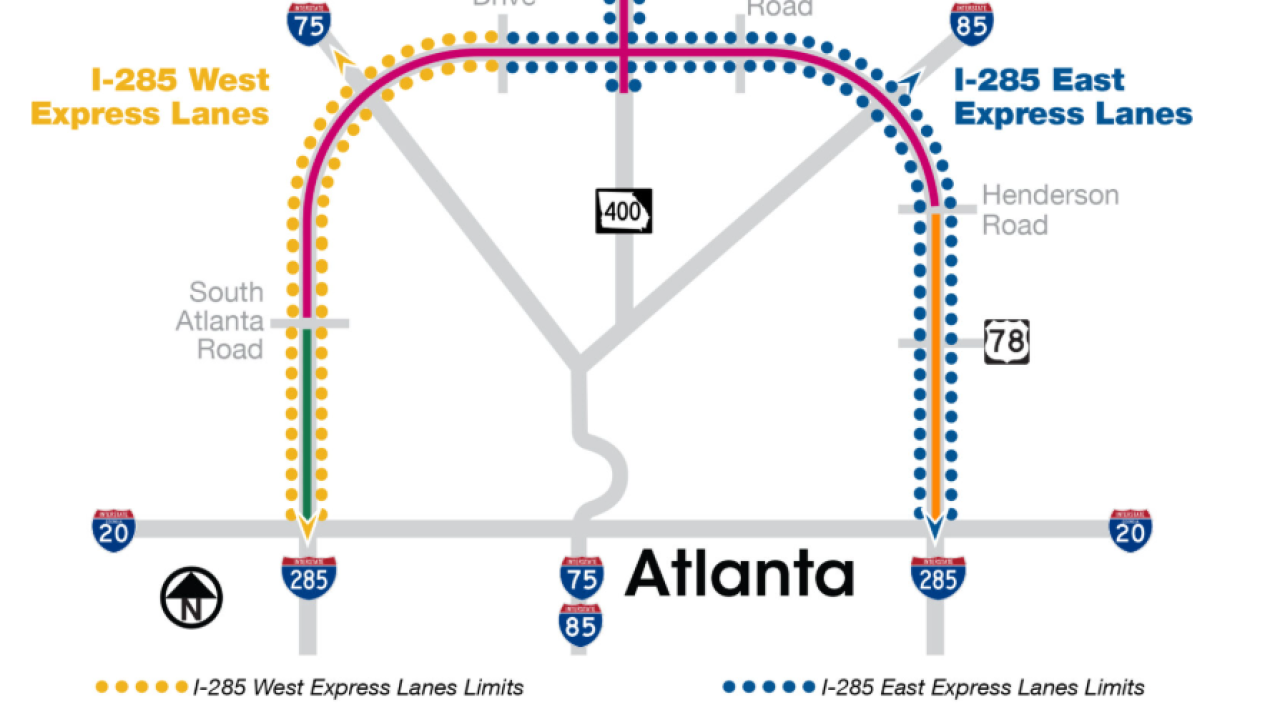
CHICAGO -- Minnesota will take competitive bids Tuesday on $470 million of general obligation bonds to finance statewide capital projects as its appropriation-backed issue for the new Minnesota Vikings professional football stadium waits in the wings.
Ahead of the GO issue, the three major rating agencies affirmed the state’s high-grade ratings and Moody’s Investors Service revised its outlook to stable from negative. The state carries a AA-plus from Fitch Ratings and Standard & Poor’s and a Aa1 from Moody’s. The state has $5.5 billion of GO debt and supports another $1.1 billion of debt with various appropriation credits.
The GO sale Tuesday offers $265 million of various purpose bonds, $200 million of state trunk highway bonds that carry the state’s full faith and credit pledge but are repaid with taxes on motor fuel and vehicles, and $5 million of taxable state bonds. The latter will provide financing for the state’s rural finance authority.
Once the state wraps up the GO sale, attention will shift to the Vikings issue. The state is authorized to sell up to $600 million of general fund appropriation bonds to cover the public’s $500 million tab for the new $975 million Vikings stadium. A portion of the authorization is expected to be issued in the late summer or early fall although “no decisions have been made” on the sizing, ultimate timing, or even sale type for the transaction, said Kristin Hanson, assistant commissioner for treasury at Minnesota Management and Budget.
The state’s economic picture has brightened with recent revenue forecasts allowing Minnesota to speed repayment of education aid diverted to help balance the budget two years ago and replenish reserves. The new revenues end a reliance on non-recurring items to balance the budget. The promise of new revenue from a tax package approved this spring in the new $38.3 billion two-year budget further enhances the is position.
A new personal income tax bracket with a rate of 9.85%, up from 7.85%, is projected to raise $1.1 billion during the fiscal 2014/2015 biennium. Corporate tax changes and the tobacco tax hike will generate another $850 million. The new revenue will wipe out a $627 million deficit and pay for more spending on education, economic development, and fund property tax relief.
Gov. Mark Dayton, of the Democrat-Farmer-Labor Party, had pressed for a tax increase two years ago to deal with budgetary red ink but Republicans who controlled the Legislature rejected it and a government shut-down ensued. A deal eventually was reached that relied on one-shots including a tobacco bond sale and pushing off education aid. The state’s use of one-shots during previous biennial budget cycles contributed to the state’s loss of its triple-A. Control of the Legislature has since shifted to DFLers.
The final budget signed by the governor did not include an extension of a provision in the previous two biennial budgets allowing for the use of negotiated sales on GO issues. The temporary measure was sought due to market turmoil during the 2008 financial crisis.
“We will definitely going to be requesting” a permanent provision, Hanson said. “It gives us more flexibility to deal with market conditions.”
Moody’s outlook revision reflects “the state’s strong financial management that has resulted in improved revenue performance, replenishment of budget reserves, and budget balancing solutions that are largely recurring…Moody’s expects that the state will continue to exhibit sound financial practices that will lead to further improvement in the state’s overall balance sheet.”
Moody’s said the state’s strengths include strong economic fundamentals, a rebuilding of reserves, forecasting policies, and the governor’s ability to adjust spending mid-year. The “trend of political intractability” in past budget cycles that resulted in gridlock and the use of one-shots remains a future challenge.
“Credit factors supporting the ratings include our view of the state’s deep and diverse economy, improved financial results, and moderate debt levels,” said Standard & Poor’s credit analyst Henry Henderson.
Fitch said it considers the state’s overall debt burden below average when pensions are counted.
On the Vikings sale, if the state opts to use a negotiated issue, it would conduct a request for proposals process to assemble the finance team. The financing package for the National Football League team’s new stadium relied on increased revenues from an expansion of charitable gambling to repay the state’s $350 million share. Revenues have fallen short, so the state will set aside revenue from the cigarette tax increase and corporate tax changes as a backup if necessary. The state borrowing would also cover Minneapolis’ $150 million share, with the city repaying the state annually beginning in 2021.





